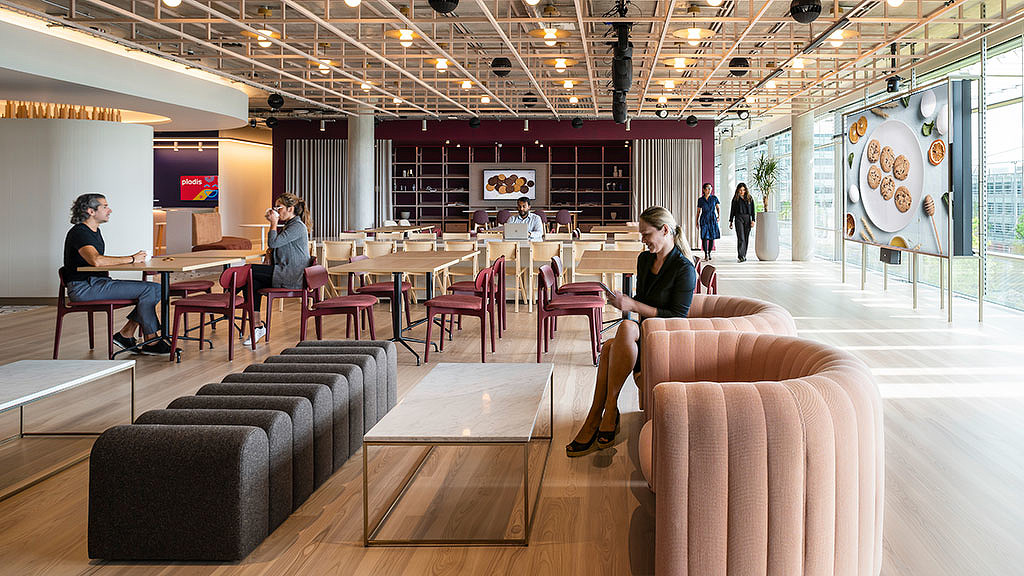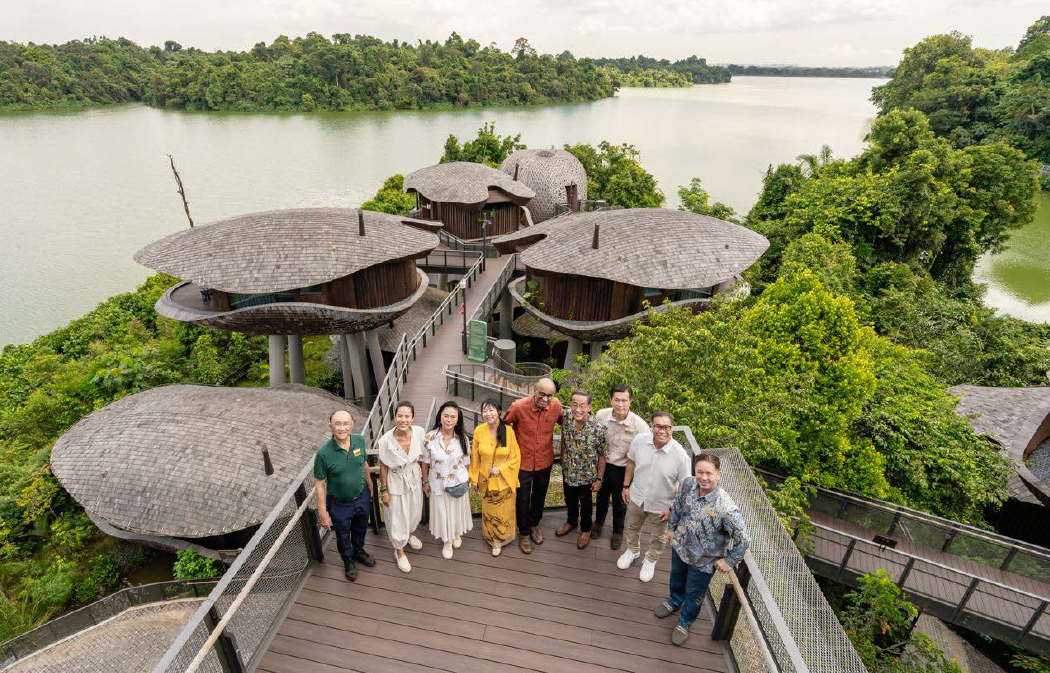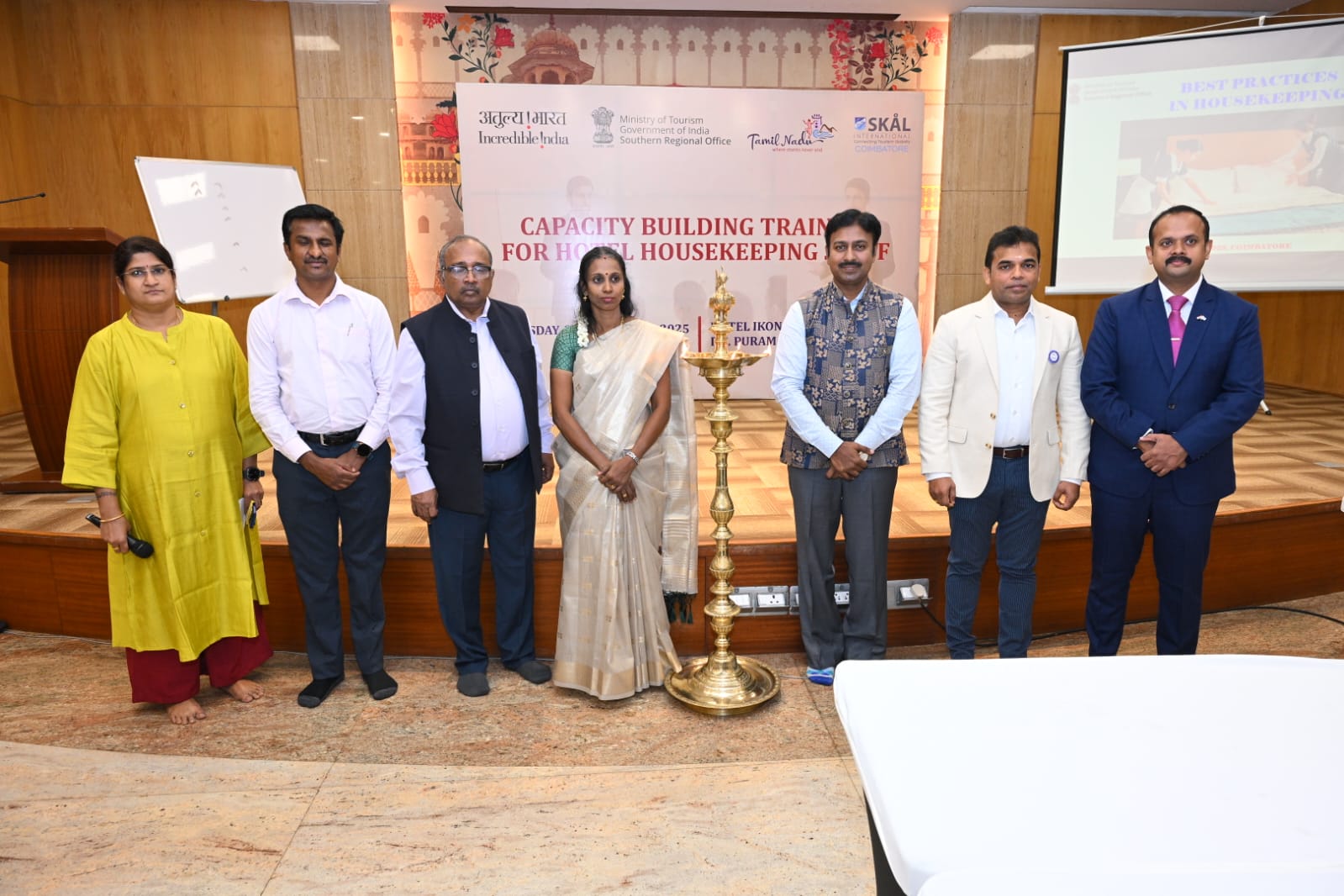Nandivardhan Jain, Founder & CEO, Noesis Capital Advisors, talks about the brand and how it aims to turn the unorganised sector of stand-alone hotels into an organised domain, strengthening the hospitality industry in the country.
Please give us an insight into your brand.
Noesis is India’s leading hotel investment advisory firm providing integrated professional services like feasibility reports, transaction management, project management, debt syndication, and private equity. As a company, we are working with a vision to migrate stand-alone, unorganised hotels to the organised domain, with professional hotel chains to build a robust hospitality ecosystem for the country, benefitting all stakeholders such as hotel guests, employees, owners, governments, investors, and financial institutions. Last year, we advised 58 hotel projects across South Asia and this year, we are targeting more than 100 projects.
What is your opinion of the Indian hospitality industry’s evolution?
The Indian hospitality industry is at a nascent stage. We lack in quality supply even in key metro cities like Mumbai and Delhi. We have only 130,000 rooms in the organised space, across a country of 1.3 billion people. In most cases, the hotel asset class is not the first option among the real estate investor community due to low yields, which ranges from three to five per cent per annum. In addition to this, financial institutions have a standard-term-loan policy for six to eight years across industries, irrespective of their nature of business or cashflow pattern. Hotels, however, take three years in development and another three years in stabilising revenues. This existing term-loan policy is a perfect recipe for disaster for hotel owners and investors, discouraging them to take a high proportion of debt. Ultimately, this affects the fresh room supply to the market. When we don’t have enough rooms, how can we expect the country to host millions of foreign and domestic travellers?
What kind of challenges do you face?
Looking towards market conditions in the last few months, investors ask us to take the mandate to help them acquire distress hotel assets. In our opinion, there is nothing called distress in the Indian context. After a change in the banking scene, hotels are available at realistic prices if we go by replacement method of valuation, but nothing is in distress. If some hotels are stressed and lying with financial institutions, it may be because of irregularity of statutory payments, upkeep of the hotel not being possible, or guest experience not being up to the mark, further affecting the overall business of that hotel. Even if you get at a distressed value, infusion of more funds to fix ongoing issues will not let it qualify under distress. It takes us time to explain and convince our clients to be realistic about their requirements.
According to you, which segment of hotels is on the rise in India and why?
Segments that have tremendous opportunity in our country are full-serviced mid-segment hotels, urban tourism, and the conversion of stand-alone unorganised hotels to organised budget hotel chains. An adventurous generation that’s part of the digital age, millennial travellers are changing the travel industry in significant ways. Due to challenges involved in building a new hotel inventory, some of the new-age budget hotel operators are working to migrate unorganised stand-alone hotels into the organised space by fixing basic issues of building structure and engineering, and by streamlining day-to-day operations. There are around 300,000 rooms available in an unorganised space.
When it comes to location, how do you help hoteliers decide which destination will be best for them?
While finalising city and location, it’s important to evaluate the macro and micro level market potential of the city. Factors that are vital include:
• Existing room supply in the city at the macro level and in its micro markets
• Demand for rooms in the city at the macro level and then in micro markets
• Current occupancy levels of branded hotel chains and stand-alone hotels
• The F&B potential of the city
• Average daily rates of the rooms across the segment
• Seasonality involved in the city
• Availability of quality human resource for operations
• Recreational options in the city
• Profile of travellers
• Land cost in key locations of the city
• Future room supply coming to the city or projects under construction
• Future prospects of the city
• Proposed government projects
• Key corporates in and around the city









